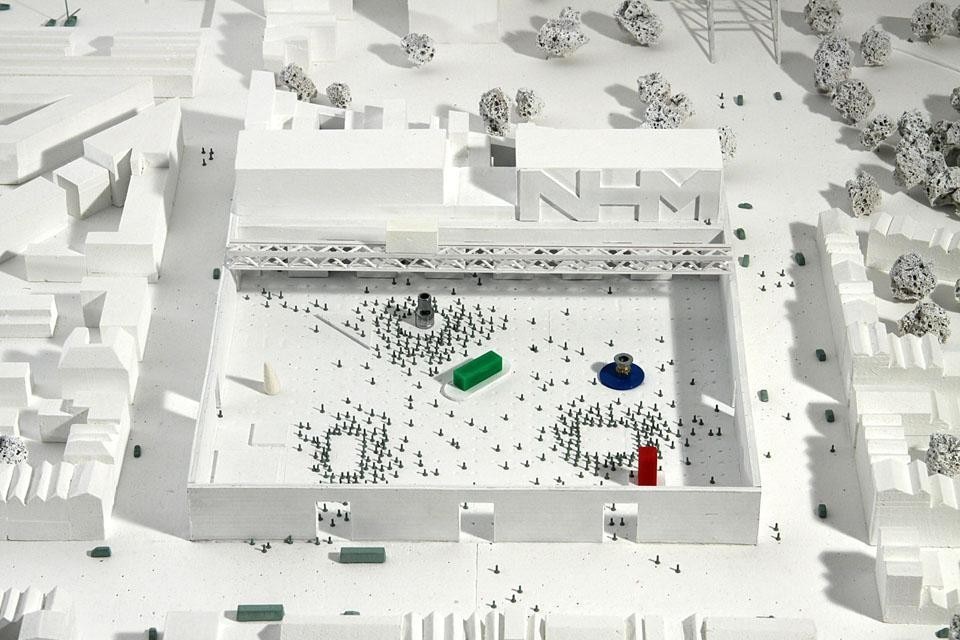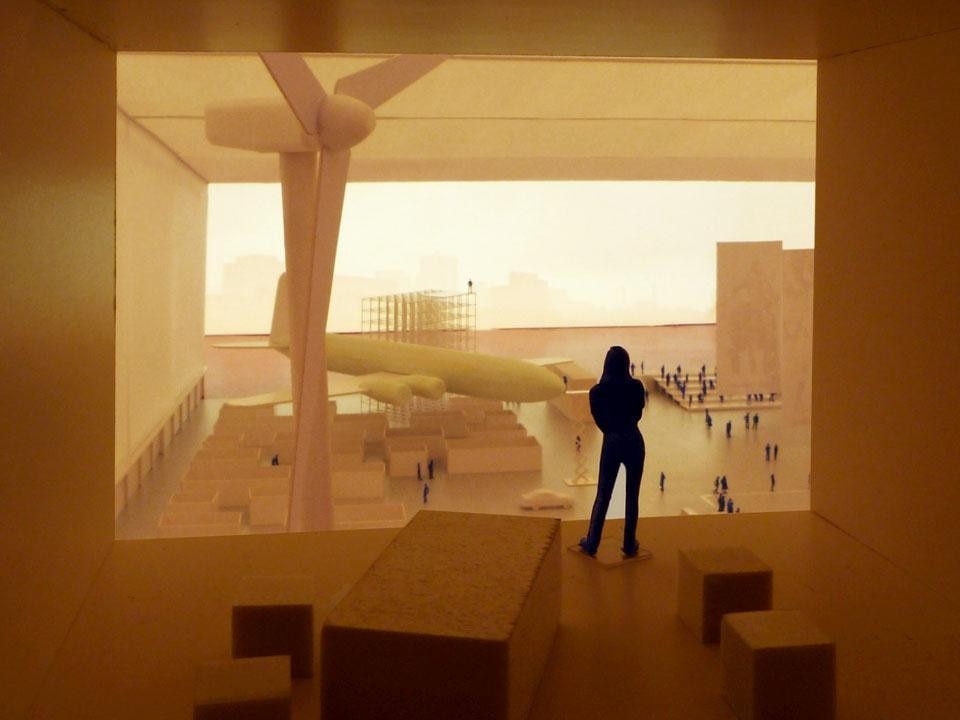Over the past three decades, the major public museum has become an essential component of urban infrastructure. Museums no longer only conserve and present a public or private collection, as they predominately did in the nineteenth century, but now also actively attract and host visitors in search of experiences. The museum of the twenty-first century has become a truly public destination and this quality has altered the role of museum architecture. Not only does a museum need space to display its collection, but its architecture is also, now, at least as much defined by the public spaces of circulation, consumption, and rest distributed throughout the building.
The National History Museum—a museum without a collection—is to become one of these places of mass cultural experience. Within the Netherlands, the choice of a location for the National History Museum is a controversial issue as demonstrated by the stream of articles, interviews, and opinions in the Dutch press. The intensity of this public debate demonstrates the museum is regarded as a major benefit to a city's attractiveness.
The commissioned architectural studies do not propose an exhibition layout, a curatorial program, or speculate on the museum building's potential role in its direct environment. They instead explore how the architecture of the National History Museum might orchestrate a balanced interaction between history and its visitors, without reducing the museum exclusively to a place of either education or entertainment. Sketched from the inside out to reflect on the relation of various publics with displayed works, these studies are designed to connect the museum's public spaces with the exhibition spaces themselves.
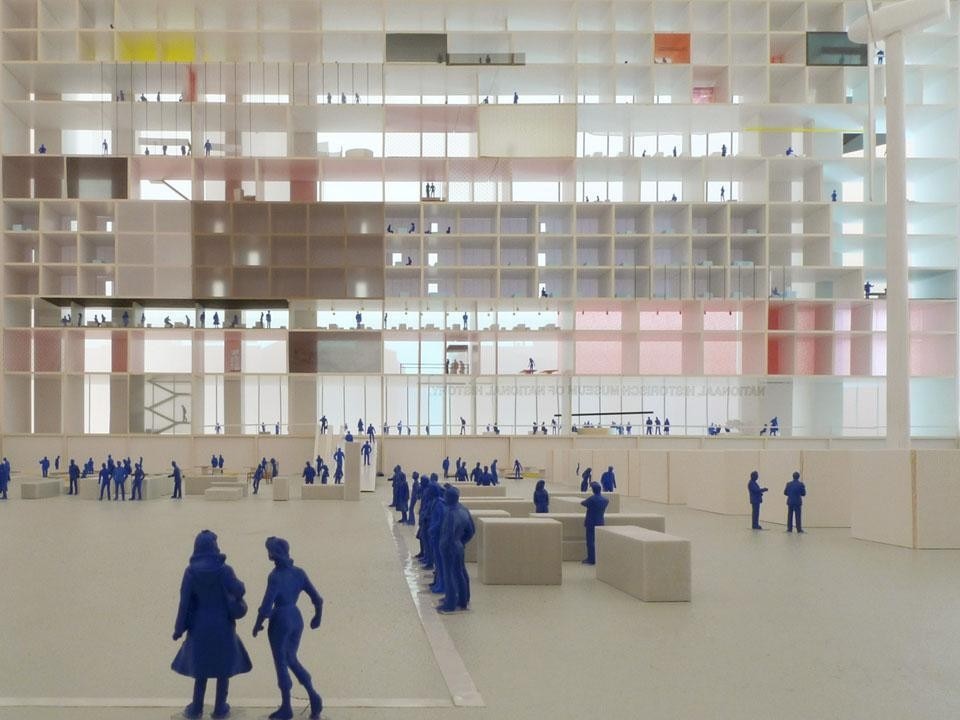
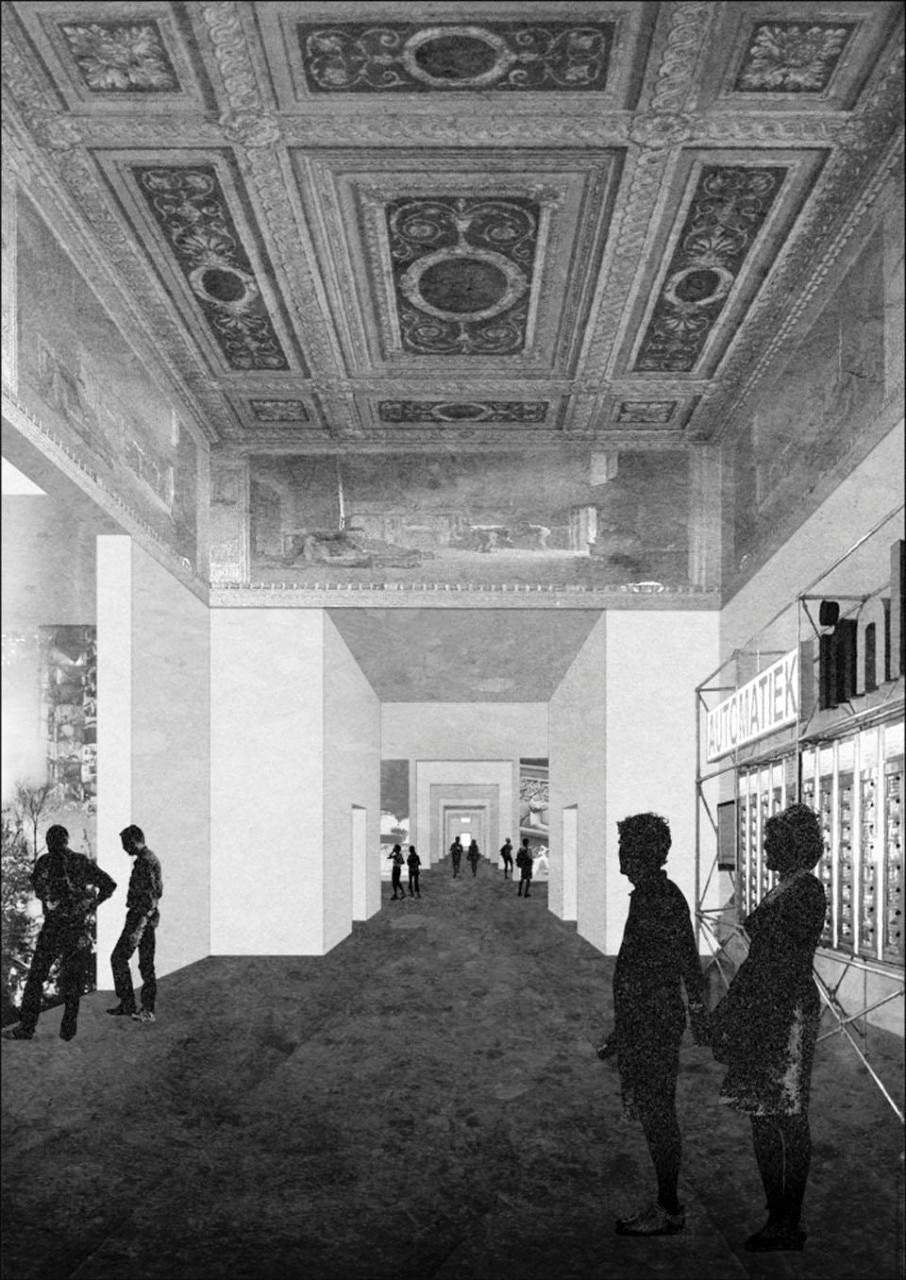
Rather than an attempt to design iconic architecture, these three studies point to the core spatial challenges for this new museum.
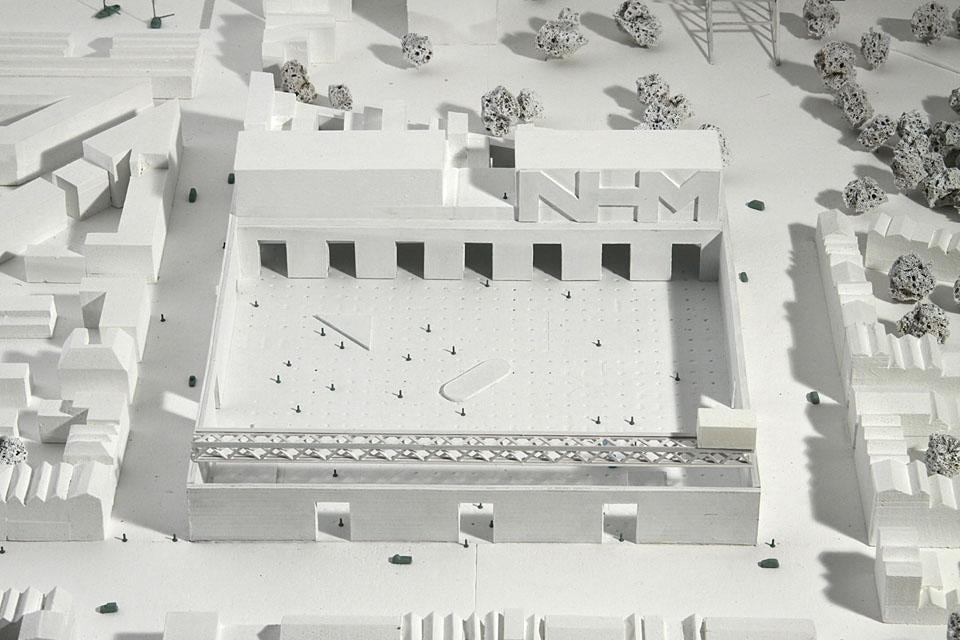
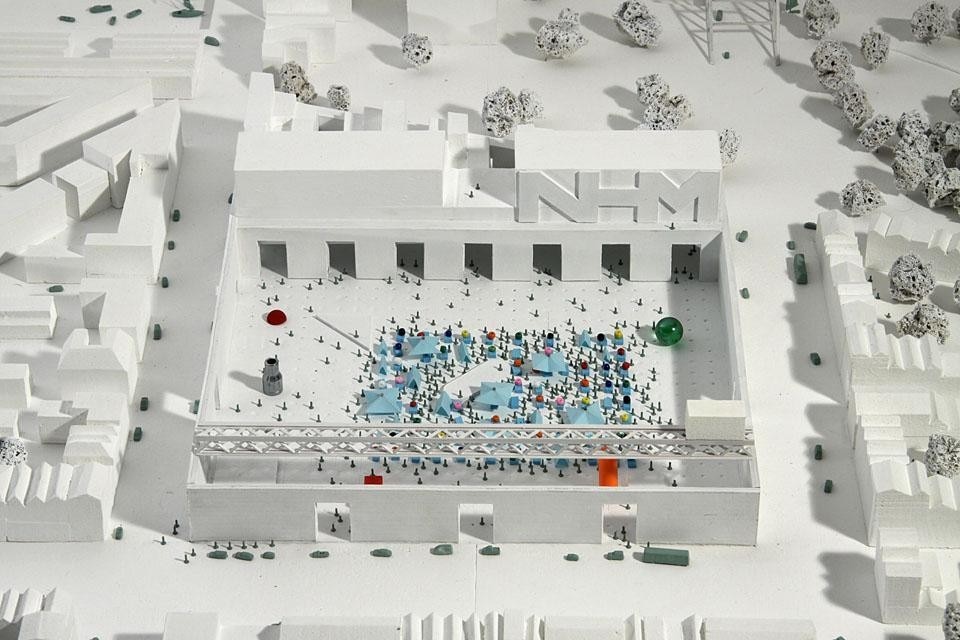
Joachim Declerck and Salomon Frausto
Berlage Institute
*This text has been adapted from the epilogue to Sketches for a National History Museum.
